This past month I’ve been designing on Adobe for printing t-shirts. I have my heat press, located from a local factory and I have my work tables. I just need the right printer, plus a landfill of 100% cotton eco-friendly, fair trade, amazing t-shirts (not too much to ask for surely?)… But I have also been thinking about animals, wolf packs, patriotism and viruses. This is what happens after months of social distancing! Anyway, somehow I am squeezing all this in, so here goes for anyone out there… anyone there??
I ate dog. I didn’t know, but they thought it was amusing to tell me afterwards. What made me angry was not the fact I’d swallowed some pooch (if you eat meat you must be prepared to accept that any argument against boiling up man’s best friend when you happily butcher other equally cute and friendly animals equals a certain degree of hypocrisy). Nah, I was angry because they knew that westerners don’t eat dog and this westerner had been kept in the dark until the great reveal. It’s the intention, always the intention. Also, how could they kill a dog in such a way that is deemed acceptable and how could they determine which dogs are edible and which are house pets? It seemed grossly illogical. I was enraged. (Though to be fair, it tasted bloody amazing).
流浪狗 stray doggie pengyou
The dogs, when they aren’t being eaten by a minority, are among the free-est species in China. Oh, of course I don’t mean the dyed ears, leash attached ones, they’re no more different than your stay-at-home person, I mean the homeless ones, the流浪狗’s.
Thses dogs, entering packs, domesticating the street which makes them appear wild and in turn altering the street’s human domesticity. Not so much fully returning to their animal natural states but something else. They’re like the chubbily married Chinese men I see near my village when they enjoy a night out with their BBQ, beer and KTV girls; except the dogs don’t owe anything at the end.
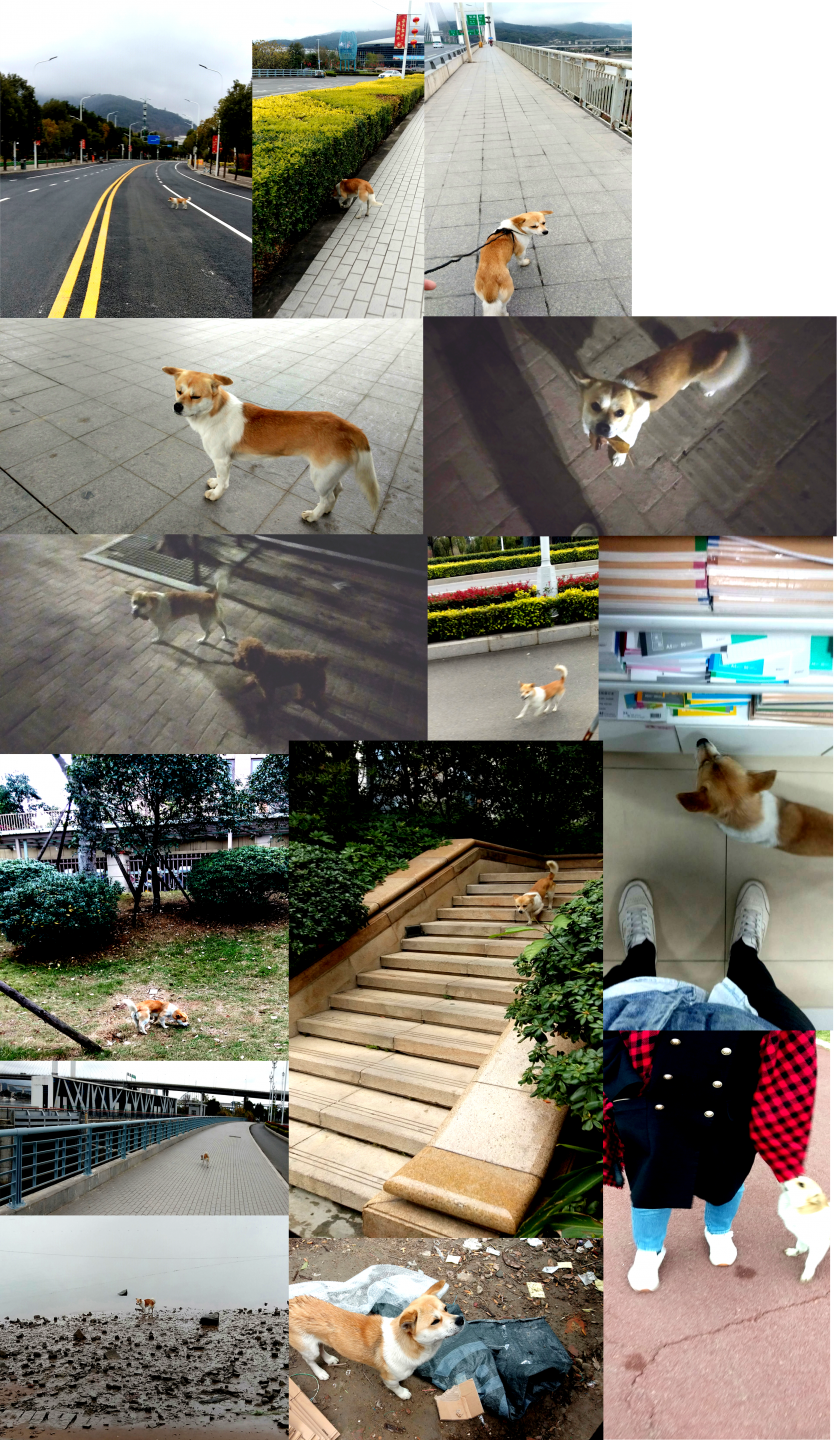
This was my dog and she was the perfect pet because neither owned the other. I would sometimes offer food and I would see her offer her affections to strangers in the hope for more. I once saw her chase a delivery man on a scooter because he used to feed her. She was a previously owned dog, judging by her level of trust. But she trusted the roads too much. She followed me every time I left my 10th floor apartment. She followed me far, sometimes for hours, then we would part. Sometimes when another dog showed up and sometimes when I entered a building. She had this trick of following me by walking on ahead. One day she disappeared, it was on the day when I knew it had been more than a few too many. But being a creature who could pass through the borders of human and dog society is not permissible. I probably knew one day she would vanish. A neighbour -another who cared for her – asked me where she had gone. Neither of us knew what happened. I assumed it was best not to know.
wolf packs and becomings etc.
In China a wolf man is a naughty man, an outsider, a lecher a sèláng色狼. In western culture something similar applies in the werewolf… This gothic horror human/wolf transformation may symbolise the fear of completely losing our civil humanity, but it is the transformation which ignites the imagination. Occupying a space in-between identities in a short moment, the horror is not just in seeing the physical alteration but consequently also the mind. It suggests, I think, that the human body entraps the subjectivity of the mind as much as a wolf’s, or any other living thing. The werewolf disrupts the Darwinian human and places him at the mercy of animals, nature and infection; this is the true frightening part. However, this mythology of becoming wolf is historically more synonomous with human empowerment, society and becomings, not only in Greek mythology and Taoism but also in modernist philosophy. Like the genius writings of Deleuze and Guattari, ‘One Or Several Wolves‘ whose becoming wolf and molecular wolf-man becomings focuses not on the characteristics of animals or human immitation of animals but on the relationships and affects of animal influences on human behaviour. Put simply, to escape and experiment with ways of living.
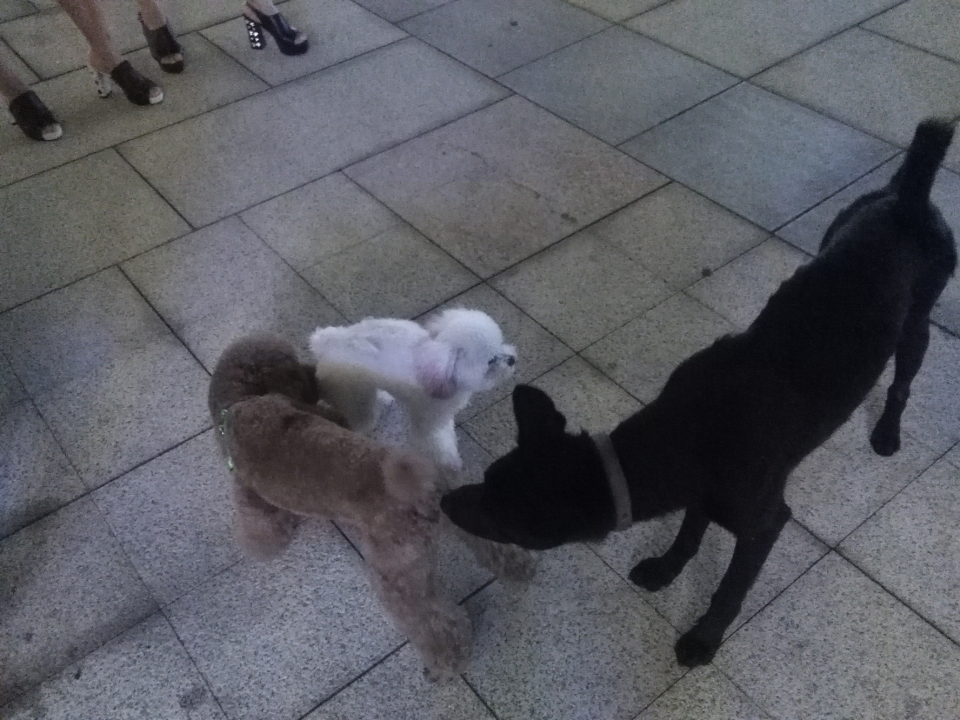
Bands human or animal proliferate by contagion, epidemics, battlefields and catastrophes. … animals are packs that form develop and are transformed by contagion. -Giles Deleuze
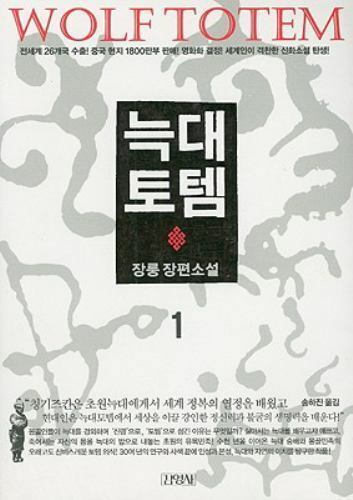
They emphasise the periphery. Just like how an artistic mind or creative act requires stepping away from the center of activity, so too the wolf in the pack is neither the center nor the individual, but a periphery that mutates its forms.
In looking up quotes for Deleuze and Guattari (I have the book but it’s in storage in England) I came across another book, called Wolf Totum by Jiang Rong, which apparently was a huge seller in China and it too takes on Deleuze and Guattari’s notions of wolf packs and the totum in some way. In truth I have not read the book. But a reviewer wrote ‘Becoming-wolf is to find a line of flight between man and wolf, to get rid of all the restraints imposed by the Confucian culture on the law-abiding, abjectly obedient people… and enhance mankind’s power’ I understand that a moral fable occurs in which the starved wolves attack the people’s horses because the people have killed off all the antelope which the wolves would usually hunt. Yet again, a balance of natural law is disrupted because of the virus of humans, which would point accusingly at our current situation.
Gallery Of Shame and boredom
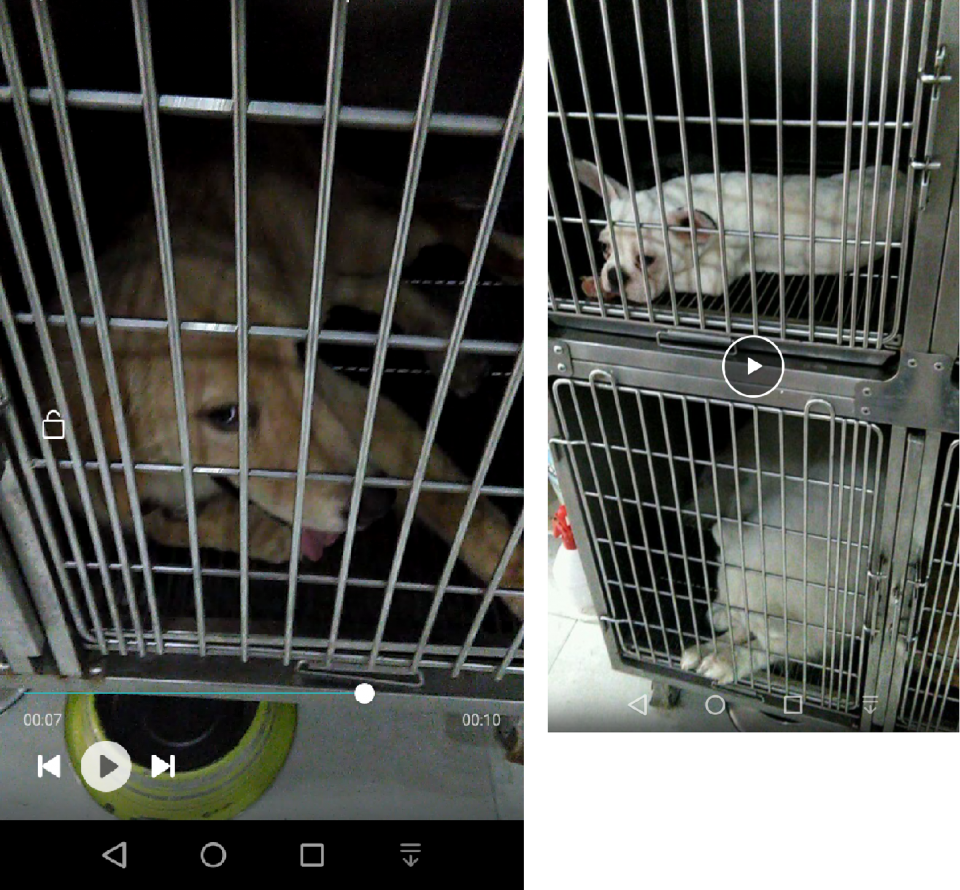
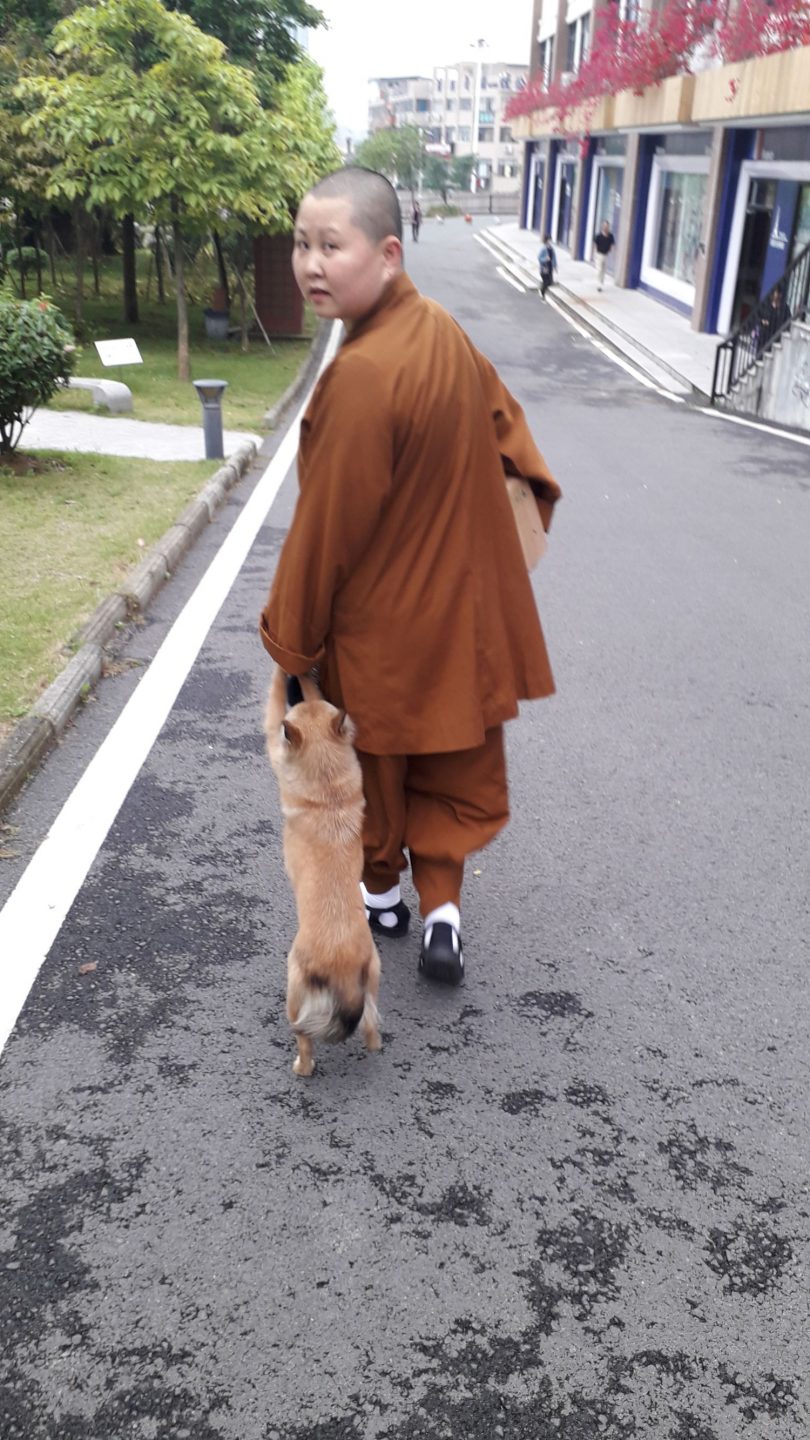
Covid: A Tough Sell
‘Herd immunity’ would have sounded much cooler if it were called ‘wolf pack immunity’, don’t you think? But a herd is not the same collective, for one thing, a herd does not necessarily support the weaker members like a pack does and so it stands to reason that this kind of migratory association should be controversial. But perhaps as humans we are imaginatively herd-like, more than anything else. Except that we can’t ignore those other species that loiter alongside side us anymore. Just as treatment of animals played a part in the Covid-19 virus spreading, so too will they be used as recipients in the testing for a medical treatment to cure it. We are, in short, interdependent. The virus has reflected our own economic determinism, not just in dealing with crisis (e.g. the reliance upon the supply and demand of masks and the rise and fall of their price value) but also the economic food chain of human society (those of us, including myself who are lucky to work and be paid at home). Animals of course are equally effected by capitalism and exist within it as part of the human consumption ecosystem, much to their detriment. At least one positive to take from recent events is that as a result of a general lockdown of economic flows of capital some species have prospered; rare endangered pink dolphins re-appearing being just one example.
Becoming Commodity: Cats
I would hope then that we all can perceive the animal kingdom and our place within it differently following the last few months. To see how the systems which construct around them in our anthroposcene are fragile and dangerous. But I doubt it to be honest. Most will likely revert back to normal, perhaps even more gleefully than before and if no cure is found before the virus seems to die down then I wouldn’t be surpised if research also slows to halt, because there simply isn’t enough profit to make in it and understanding profit is what separates us from the beasts. But I do think our relationship to animals and economy may alter, hopefully away from their out right commodification.

This is no less apparent than in cats. Popular cat memes maketh money. And popular cats make good brands and a valuable commodity for owners and marketeers alike. These cats I think show an extension of human socialisation as we commonly see it, because they present the estrangement of being – like us – neither naturally wild nor fully civilised. But nevertheless seems to provide a kind of relateable antidote for the viewer who enjoys the individualistic qualities of pets, but in truth buys into the humanisation of them. I think the useage and treatment of animals and more specifically the type of animals that garner profit is one particular way of seeing how flexible the market is and how it changes in accordance with our technology and lifestyles. If the success of these things is because it makes people instantly happy when they look at them then I wonder if it says anything about contemporary happiness… happiness is like catnip? (Sorry, I couldn’t resist!).
人格化 Anthropomorphic Vanity And Propoganda
Anthropomorphism is hard to resist. An animal’s traits, as seen through the eyes of humans are then attributed towards human characters and in turn those traits define the animal as human-like. These traits become stereotypes of both the animal and the human, like the greedy pig; the pig is quite greedy, but no more than others. It’s fat quality just extenuates this image. And so it comes to be that of the greedy man with a big belly (who may or may not be fat because he is greedy and may or may not be greedy because he is fat). Nevertheless it is reducing all things to human values. This is never more so than in State propoganda which places vanity and beast at the heart of anthropomorphism… (I just realise the problem I have with armies is perhaps not war in itself – it seems a sad inevitability- it’s that warriors are turned into nation state soldiers)…. Anyway, below is a picture I saw at the Shanghai Propoganda Museum last year. I love how the pictures from China and the UK depict the horse for their own self gandious image. I found the depiction of the little fat British man on a malnourished bull quite amusing too.
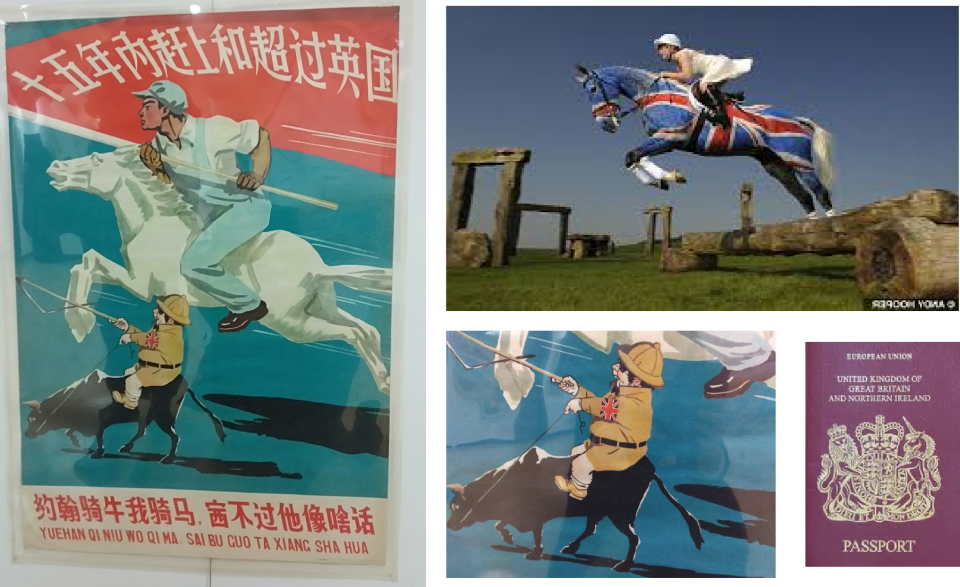
Below: Here is an inspired heraldic shield, following along the same lines of national symbols; called ‘No World Order’. I designed and coloured this in Photoshop after after I had scanned the drawings. It will serve as a T-Shirt design when I have finished it. I will leave this open to interpretation.
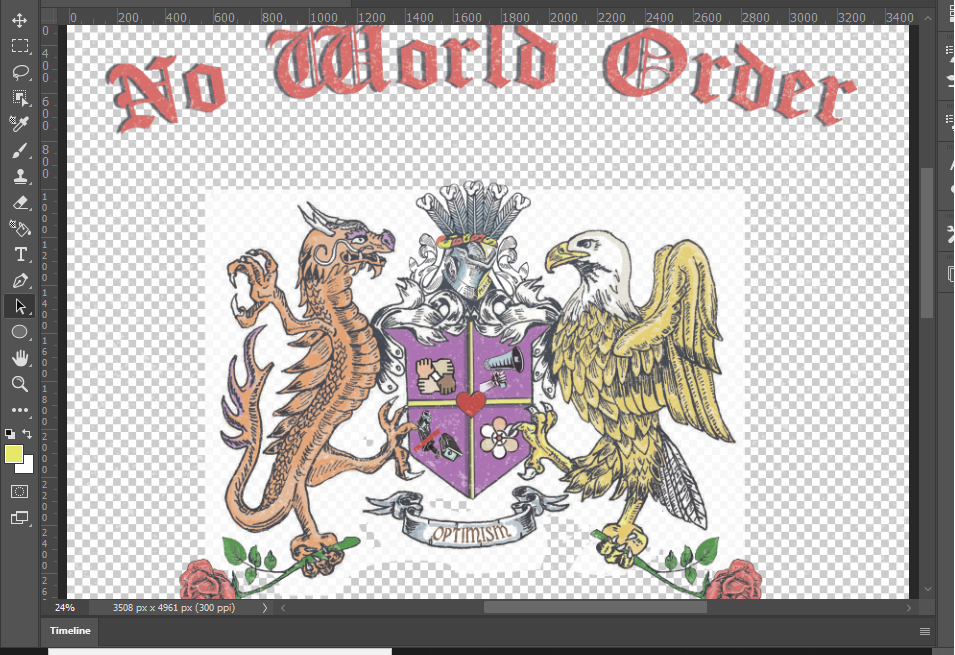
T-Shirt Designs: 2020 year of the rat
As previously stated, I have been designing T-Shirt ideas on Adobe Illustrator and Photoshop. Below are token examples of animal references:
Mouse and rat can be interchangeable in the Chinese word, laoshu 老鼠 and whilst 2020 is the year of the rat, it is the mouse of Disney’s Mickey who has come to represent it in popular fashion clothing. But Mickey has ended up representing this year in more unintended ways, because like Disney in the early 2000’s before Pixar saved them, this year has also involved everyone living in their own world, as hard attempts to be cheerful, moralising and family focused have often failed to mask our very real money worries.
Anyway, this idea is rather simple and needs no explanation. But the burning money is inspried by lucky money in China that people light to commemorate their dead relatives.
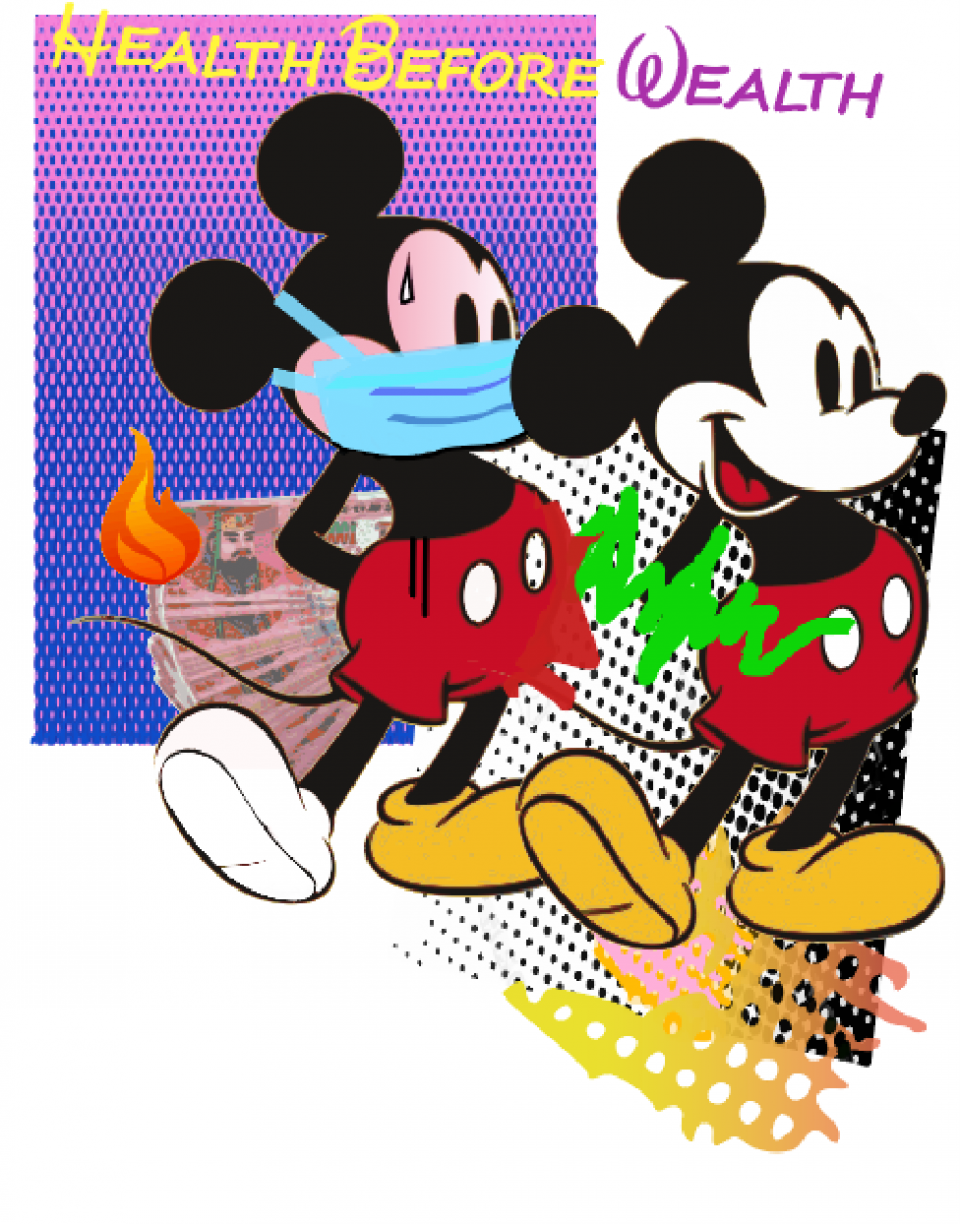
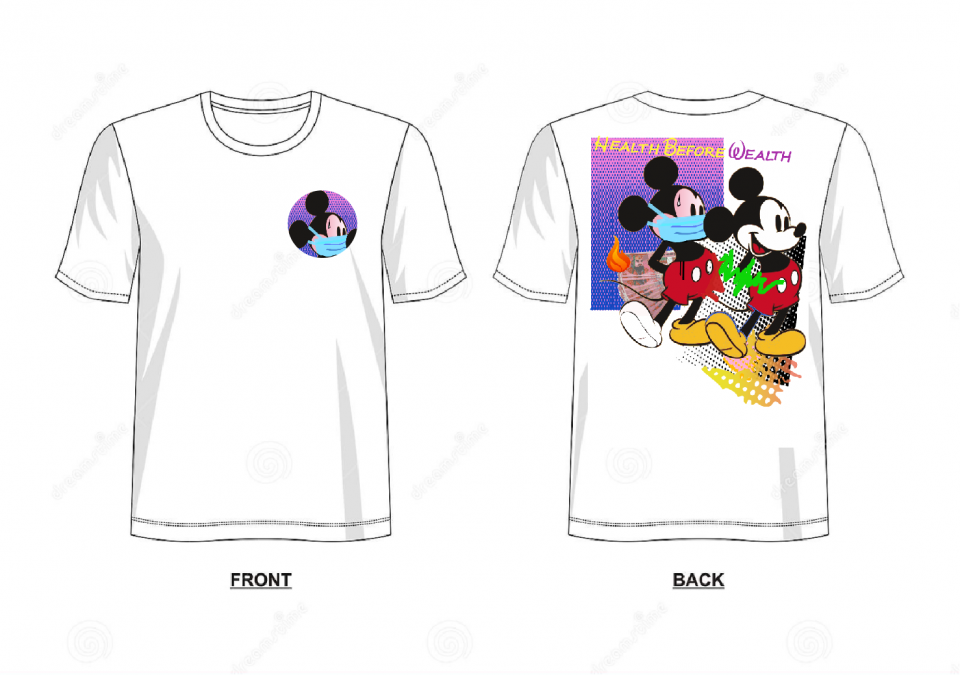
My Own Wolf Pack:
Another idea, animal related, came upon me whilst listening to The Clash’s Magnificent Seven. I wanted to make my own magnificent seven and decided to choose some of my favorite cool artists whose ideas could collectively make the world a better place. Of course, in the original Western movie which the song takes it’s name, the heroes – cowboys played by famous Hollywood actors – are not entirely succesful in being saviours, instead feeling that they are unknowingly and perhaps pointlessly sacrificial. Art too is exploited for its heroic sentimentalities, but continues on regardless. Nikki De Saint Phalle, Mierle Laderman Ukeles, Hannah Hoch, Frida, Yayoi Kusami etc. who have become art historic totems… these artist heroes of mine are nomadic concepts, another wolf pack taking flight.
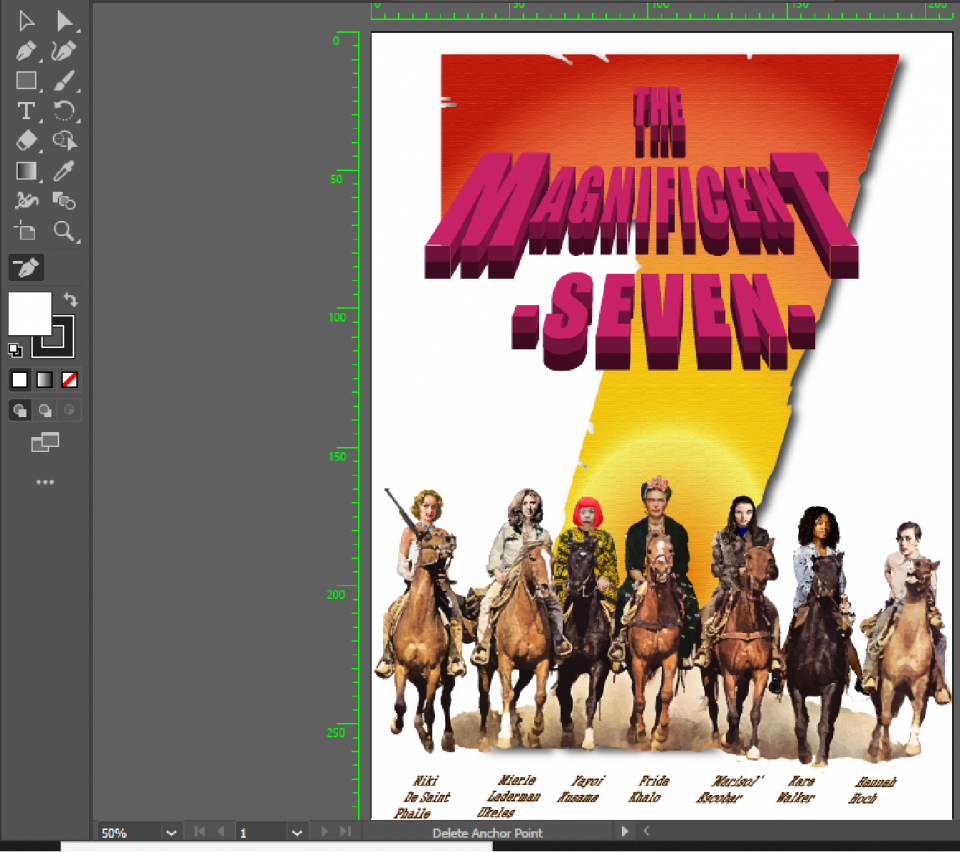
Short Story Time To End Things On A Sunnier Note
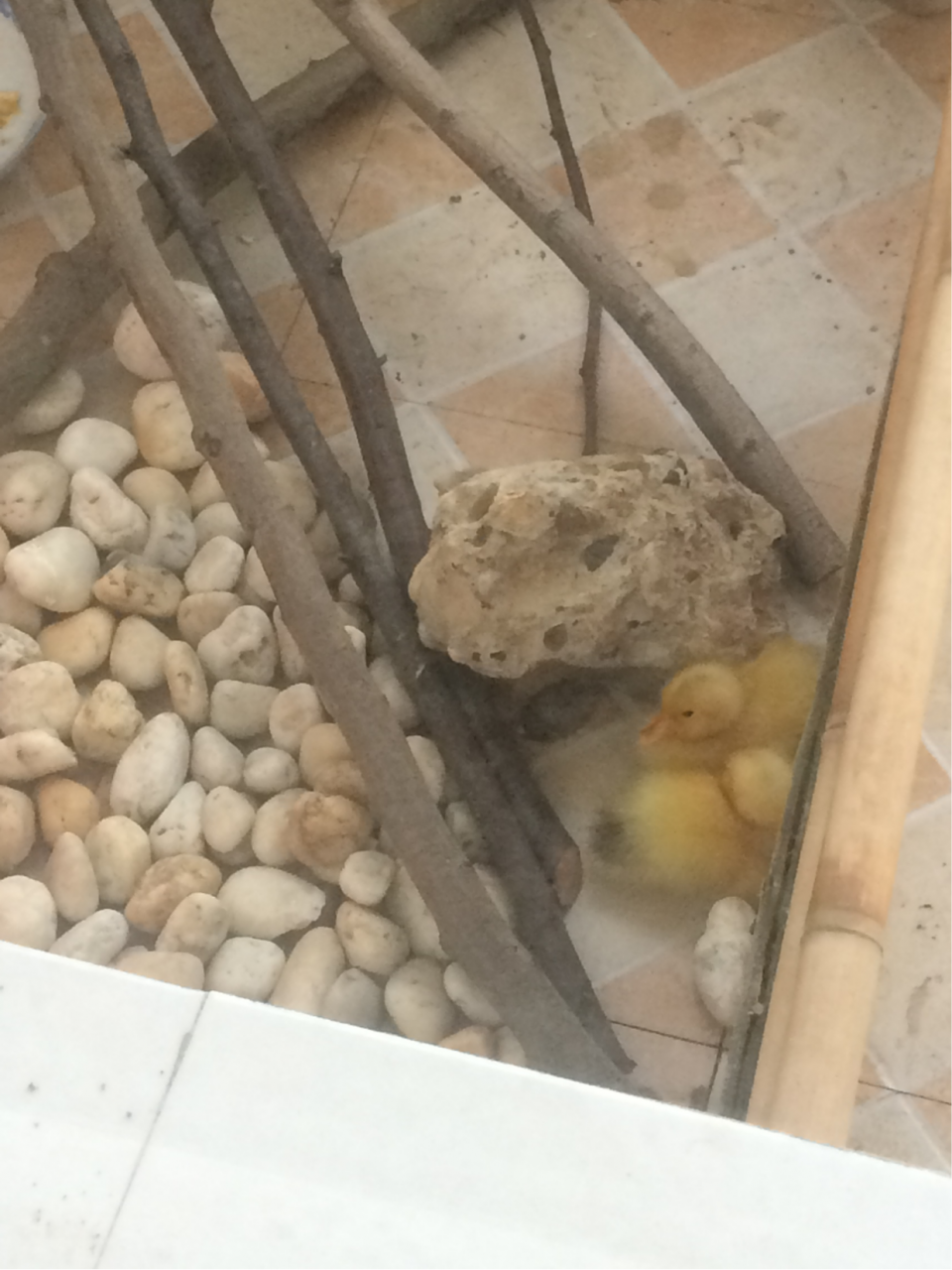
Bought these in Changsha 长沙 years ago from a man sitting on a curb with a bucket full of them. Took two under my wing and then made a makeshift pond and play house on my balcony for them to enjoy. I thought were ducks. No, I thought they were chicks, but they were in fact ducks. I don’t know why he sold ducks and not chicks, perhaps he thought they were chicks too, who knows! ~Anyway, when one died the other sat on top to try to revive. It cried. The dead duck ended up in my neighbour’s Burger King bag.
The other was freed in a University lake. It was looking sluggish and fatigued and I thought, ‘well if this one is going to die too then let it dissapate into something more noble than a bin bag’. But the second it touched the water it transformed! Made a little quack and wihtout hesitation, swam off into a fantastical sunset. It then grew up to become the king of ducks and everyone in duck-land thought he was so cool because he could speak fluent Chinese and English…. oh and of course, Quack-ish.
